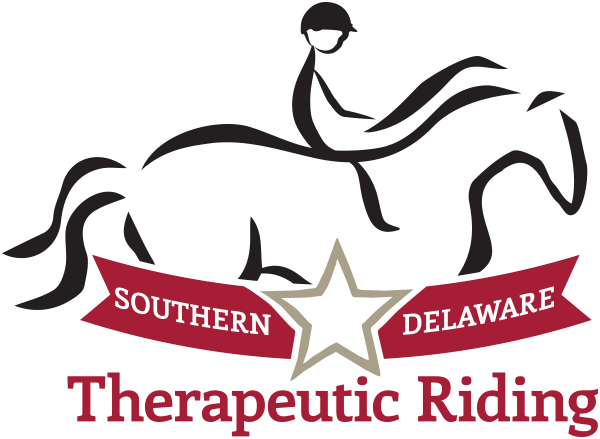
SDTR has taken our Herd of Horses to a new level by putting in place new procedures for their care. We are pleased to be introducing new horses to our program. The riders and volunteers have enjoyed the new horses and have benefited from their calm and willing demeaner. We continue to improve the program and provide the best possible care for the horses and riders both physically and emotionally. Here is an update on our program and care for the horses.
SDTR has been fortunate to have young horses join the program. Their breeds are American Bashkir Curley, Mustang, Standardbred, and a Registered Paint. They are being given ample time to adjust and be trained to have a proper foundation of understanding and comfort to be able to perform their new therapy job. SDTR provides the horse with an introduction period that strives to meet the needs of the horses both physically, medically, and emotionally.
New horses are introduced to the program by utilizing natural horsemanship. Natural horsemanship is a philosophy of communicating with horses based on the horse's natural instincts and methods of communication, with the understanding that the horses do not learn through fear or pain, but rather from pressure and the release of pressure. The horses also enjoy massage, chiropractic, and Reiki treatments during lesson breaks. Their physical and emotional welfare is most important to the program. The participant’s experience is only enhanced when their four-legged therapist is in a good physical and mental state. A happy horse that enjoys their job makes for an even better lesson and happier participant.
When a new horse arrives at the barn they are assessed for their nutritional, medical/physical, and emotional needs. Part of the assessment is looking at what the horse’s breed characteristics are. The Curley and Mustang breeds originate from a desert environment. Therefore, their nutritional needs are unique. They are what is called ‘easy keepers,’ and do not need a lot of forage or grain to sustain their weight or maintain good health. They need low sugar hay, and very little grass and grain to remain healthy and prevent laminitis or metabolic syndrome, both of which are painful and life limiting. These horses are provided with either a dry lot or a newly installed track system which gives them a path around the outside of pasture to encourage movement and keep them off the high sugar grass. The hay is soaked to remove sugar and they are fed a ration balance which is primarily vitamins and minerals and few calories. That is one example of a plan of care for some of our horses. Each horse is assessed for their individual needs both physical, medical, and emotional. An individual plan of care is developed and implemented so each horse remains happy and healthy.
Some other ways we ensure that all the SDTR horses are happy and healthy are:
1. Limit the number of lessons they do per day/week.
2. Match our horses to tasks they are most comfortable with. For example, not all of our horses are comfortable with the lift we need to use for some of our riders.
3. Ensure our horses have a proper nutrition plan and veterinary care.
4. Ensure our horses get a lot of attention, which is easily accomplished through our dedicated Volunteers.
5. Rotate times our horses are in pastures to insure proper nutritional intake and exercise
6. Ensure all the horses receive a scheduled break from lessons in between each session.
7. Receive groundwork training with Natural Horsemanship techniques which enables us to determine their physical and mental needs, and then meet their needs with a proper exercise plan.
Our horses are the foundation of the SDTR Program. We are very fortunate to have these four-legged therapists with SDTR, and are committed to prioritizing their welfare so that they can comfortably and willingly help our participants to improve their lives, one stride at a time!
